Broccoli
Broccoli is a delicious vegetable that belongs to the cabbage family, under the species of Brassica oleracea. It is classified under the Italica cultivar group. The term “broccoli” is plural of the Italian word “broccoli”. This name means “flowering top of a cabbage”.
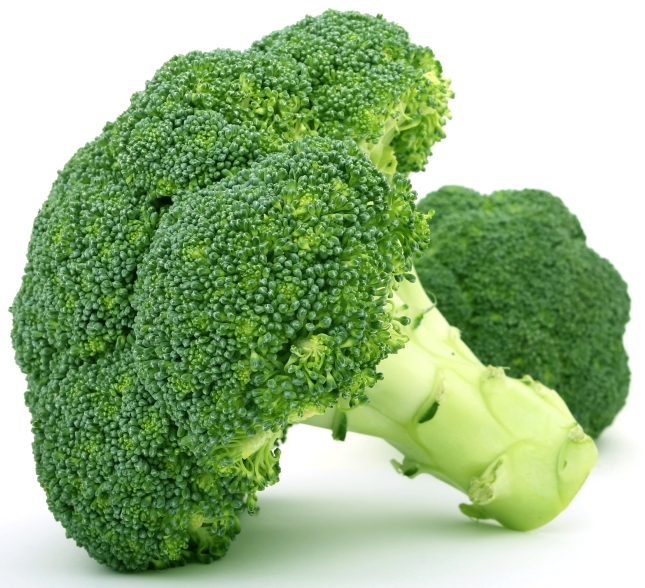
Broccoli
Table Of Content
Since the time of Roman Empire, this vegetable was considered as extremely nutritious and medically valuable. The leaves, florets and the stems of the florets of broccoli can be eaten.
Broccoli is called Pachchai poongosu in Tamil.
Description
Read about the physical and taste description of broccoli.
Color: This vegetable usually comes in dark green. The color can vary with the different varieties, ranging from purplish green, dark green to even dark sage.
Taste: The florets have a soft texture and the fibrous stems are crunchy.
Shape: Its shape is similar to that of a cauliflower. Each of its flowers resembles a miniature tree. It is a collection of such miniature trees and exhibits a roundish shape over all.
Size: The size ranges between 3 cm to 6 cm diameter.
Plant: Like all plants in the cabbage family, broccoli also comes as a whole plant that is to be eaten. The entire flowery head and the stem constitute of a single plant. It is a collection of a number of such flowery heads and stems tucked together at the bottom.
Distribution
Broccoli originated in Italy but is now grown almost all over the globe, except dry regions. The top 10 producers of this flowery vegetable are China, India, United States, Spain, Italy, France, Mexico, Poland, Pakistan and United Kingdom.
California is the largest producer of this vegetable crop in North America.
Varieties
This vegetable has three main varieties, namely Calabrese broccoli, Sprouting broccoli and Purple broccoli.
Nutrition Facts
Find out the high nutritional content in per 100 gm of broccoli.
| Nutrients | Amount | Percentage |
| Fat | 0.37 g | |
| Water | 89.30 g | |
| Protein | 2.82 | |
| – Dietary fiber | 2.6 g | |
| – Sugars | 1.7 g | |
| Carbohydrates | 6.64 g | |
| Vitamin A equiv. | 31 μg | 4% |
| – lutein and zeaxanthin | 1121 μg | |
| – beta-carotene | 361 μg | 3% |
| Riboflavin (vit. B2) | 0.117 mg | 10% |
| Thiamine (vit. B1) | 0.071 mg | 6% |
| Pantothenic acid (vit. B5) | 0.573 mg | 11% |
| Niacin (vit. B3) | 0.639 mg | 4% |
| Folate (vit. B9) | 63 μg | 16% |
| Vitamin B6 | 0.175 mg | 13% |
| Vitamin E | 0.78 mg | 5% |
| Vitamin C | 89.2 mg | 107% |
| Calcium | 47 mg | 5% |
| Vitamin K | 101.6 μg | 97% |
| Magnesium | 21 mg | 6% |
| Iron | 0.73 mg | 6% |
| Potassium | 316 mg | 7% |
| Phosphorus | 66 mg | 9% |
| Zinc | 0.41 mg | 4% |
Health Benefits
This amazingly healthy and tasty vegetable is enriched with nutrient that in turn befits our health immensely.
Blood Pressure – The magnesium, calcium and potassium content in this vegetable keeps blood pressure regulated as well as checks high BP level.
Nervous System – The high potassium content maintains prime functioning of the brain and nerves.
Muscle Growth – The potassium enrichment also enhances muscle growth.
Bone Health – The calcium and vitamin K content of broccoli improves the bone health and prevents them from osteoporosis.
Immunity – The beat-carotene, selenium and zinc present in this tasty veggie boosts up immunity in the body.
Sun Damage – It repairs sun damage and detoxifies the skin with the help of glucoraphanin content in it.
Cancer Prevention – The glucoraphanin content processes with the body functions and turns into sulforaphane which is an anti-cancer compound. This compound helps in getting rid of cancer provoking properties. An effective anti-oxidant and anti-cancer compound called indole-3-carbinol is also present in broccoli. This compound prevents cervical, prostate and breast cancer.
Liver Boosting – The indole-3-carbinol compound boosts the functioning of liver.
Heart Health – Carotenoid lutein content in this vegetable paces down the thickening procedure of arteries in the heart. It also contains folate and B6 that decreases risks of stroke, cardiac arrest and atherosclerosis.
Eye Health – This vegetable has abundant vitamin A which helps in improving color vision and retinal formation.
Diet Aid – Broccoli improves digestion and curbs over eating tendency due to its high fiber content. Moreover, it is high in protein but low in calories.
Side Effects
Even though it is a very nutritious and healthy vegetable but like all good things broccoli also has some draw backs.
- It can upset the stomach if consumed in large quantity.
- It has been observed that this vegetable can cause allergic irritation and rashes to sensitive skin when applied on it.
Uses
There are many edible, medicinal and other commercial uses of broccoli.
Edible Use
- This tasty and healthy vegetable is cooked into many curries and soups.
- It is also cooked into different mixed vegetable dishes with meat as well as rice and spaghetti.
- This vegetable is often eaten raw in salads.
- The stem and the florets are boiled or steamed in many dishes.
Medical Use
- Extracts of broccoli is used in many traditional medicines in various cultures to cure heart conditions, digestion, boosting immunity as well as many general health conditions.
- Many of the nutrient extracts from this vegetable are used in manufacturing of many ailment curing drugs.
- In ancient Roman era, they used to put a poultice of broccoli on wounds.
- Its juice can be mixed with honey and consumed to treat cough.
- It can be consumed along with milk thistle to cure mushroom poisoning.
- Broccoli leaf juice can be filtered and consumed to cure bronchitis, asthma as well as general breathing trouble.
Other Use
- The vegetable itself looks very beautiful in the garden, specially the purple variety. Thus it is grown in kitchen gardens for landscape beautification as well.
- It can be boiled and the paste can be applied as face-pack, mixed with some other ingredients for glowing skin.
How to cook Broccoli?
Broccoli can be cooked in many ways. It can be boiled, steamed, cooked into curries and soups as well as eaten raw in salads.
Recipes
Broccoli can be eaten in various ways and dishes.
- Broccoli cheese soup
- Broccoli cheddar soup
- Broccoli and beef
- Broccoli casserole
- Broccoli and chicken
- Broccoli rice casserole
- Broccoli cheese casserole
- Baked Broccoli
- Chinese Broccoli
- Steamed Broccoli
- Boiled Broccoli
- Broccoli slaw
- Roasted Broccoli
- Chicken Broccoli alfredo
- Broccoli stir fried
- Broccoli and cauliflower
- Broccoli potato soup
- Broccoli and shrimp
- Vegan Broccoli recipes
- Broccoli raisin salad
During Pregnancy
Broccoli is usually safe to consume during pregnancy and lactation period. During pregnancy many hormonal changes occur and the body might not react to the same things as it used to previously. If someone is already allergic to broccoli then they should avoid it even more cautiously during this period. Avoiding consuming it in large quantity is suggested. In case any unusual health feeling is experienced after eating it, then urgent medical attention is advised.
Availability
It is available almost throughout the year nowadays. It can be found in any vegetable market.
Storage
It can be stored up till a week when refrigerated or for about 3 days when kept in room temperature. Keep in a dry place to save from rotting
Pictures
See some of the pictures of this delicious and nutritious vegetable so that you recognize it the next time you visit the market.
Reference:
https://www.medicalnewstoday.com/articles/266765
http://en.wikipedia.org/wiki/Broccoli
https://aminoco.com/blogs/nutrition/broccoli-and-cancer-protection
- by anwiksha
- April 1st 2013

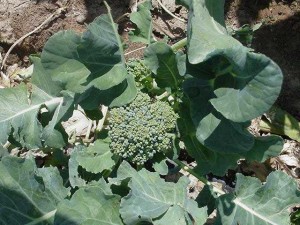
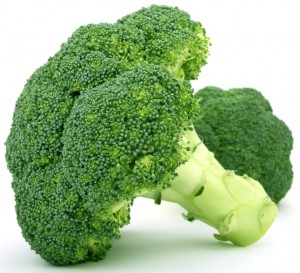
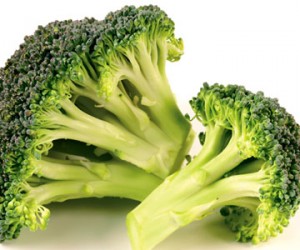
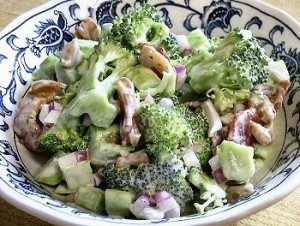
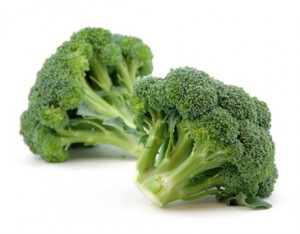
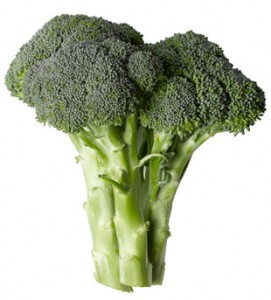
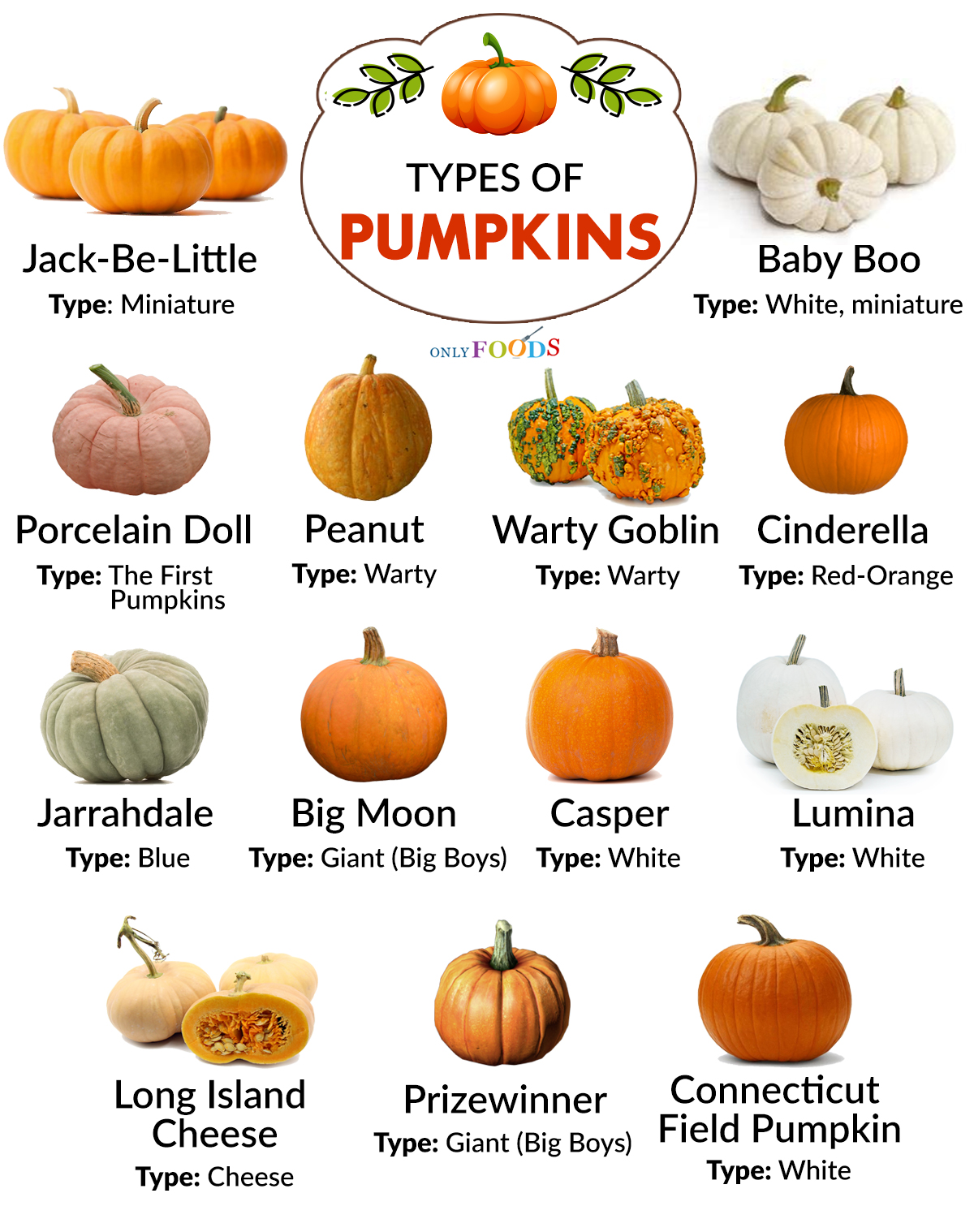
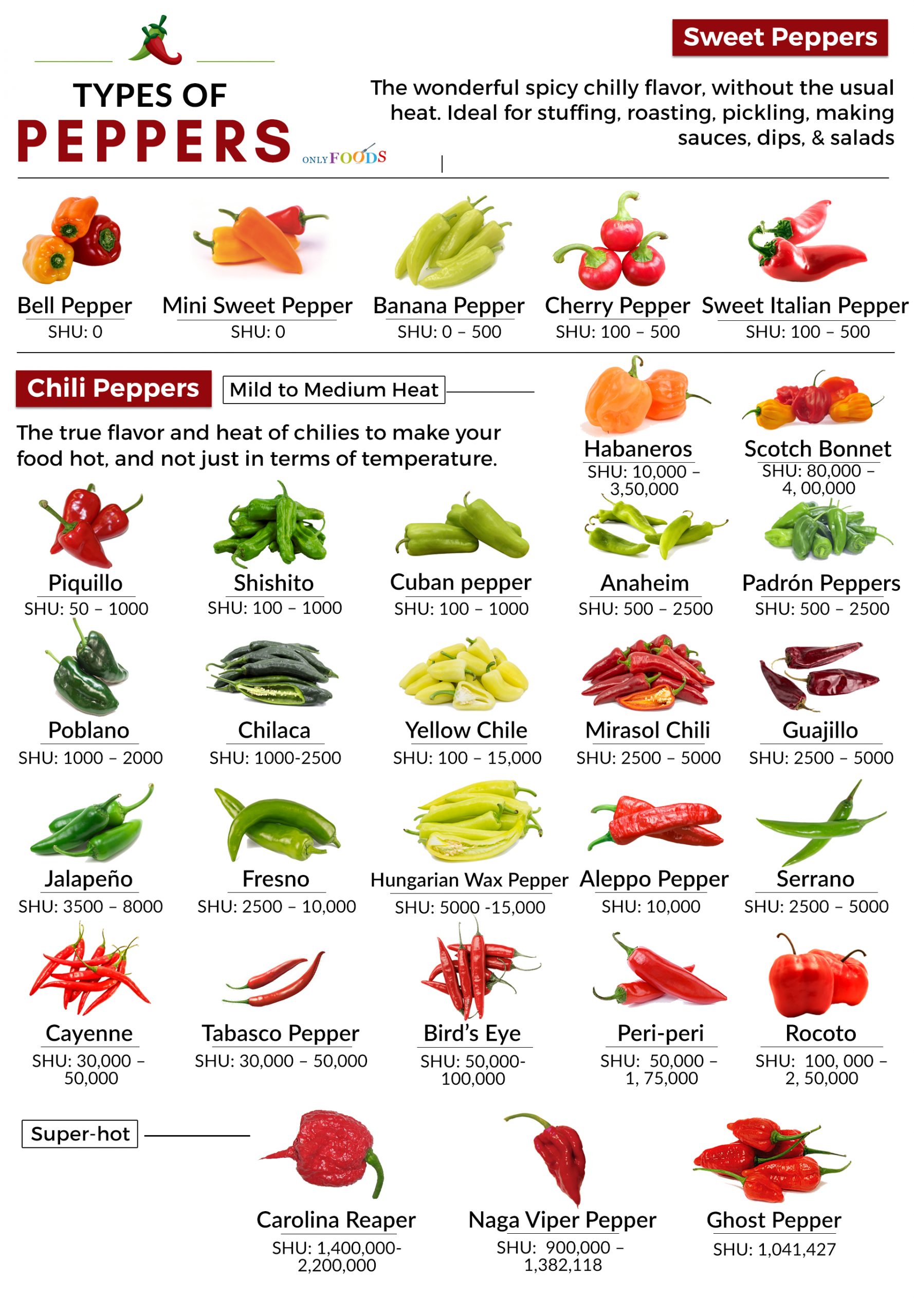
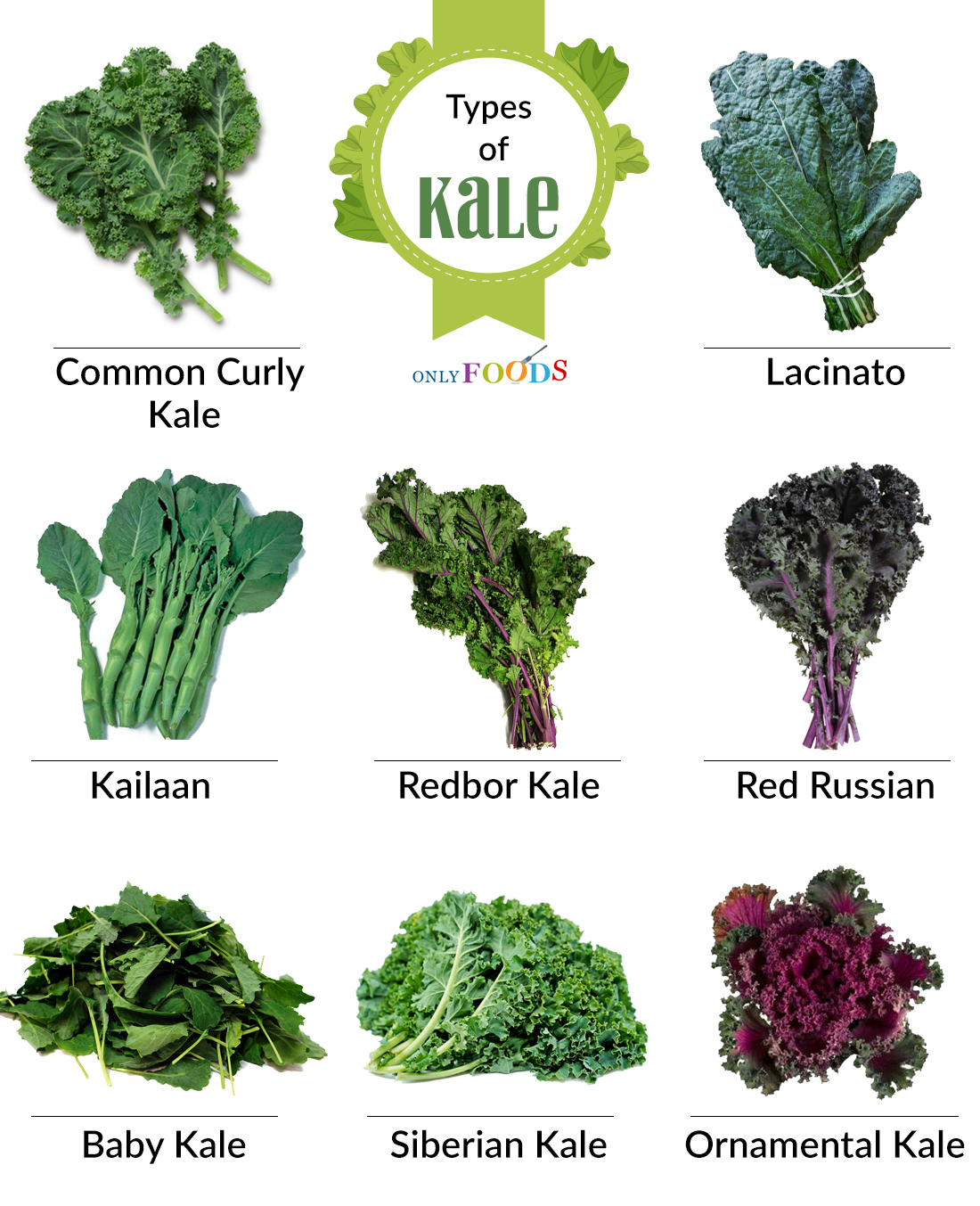
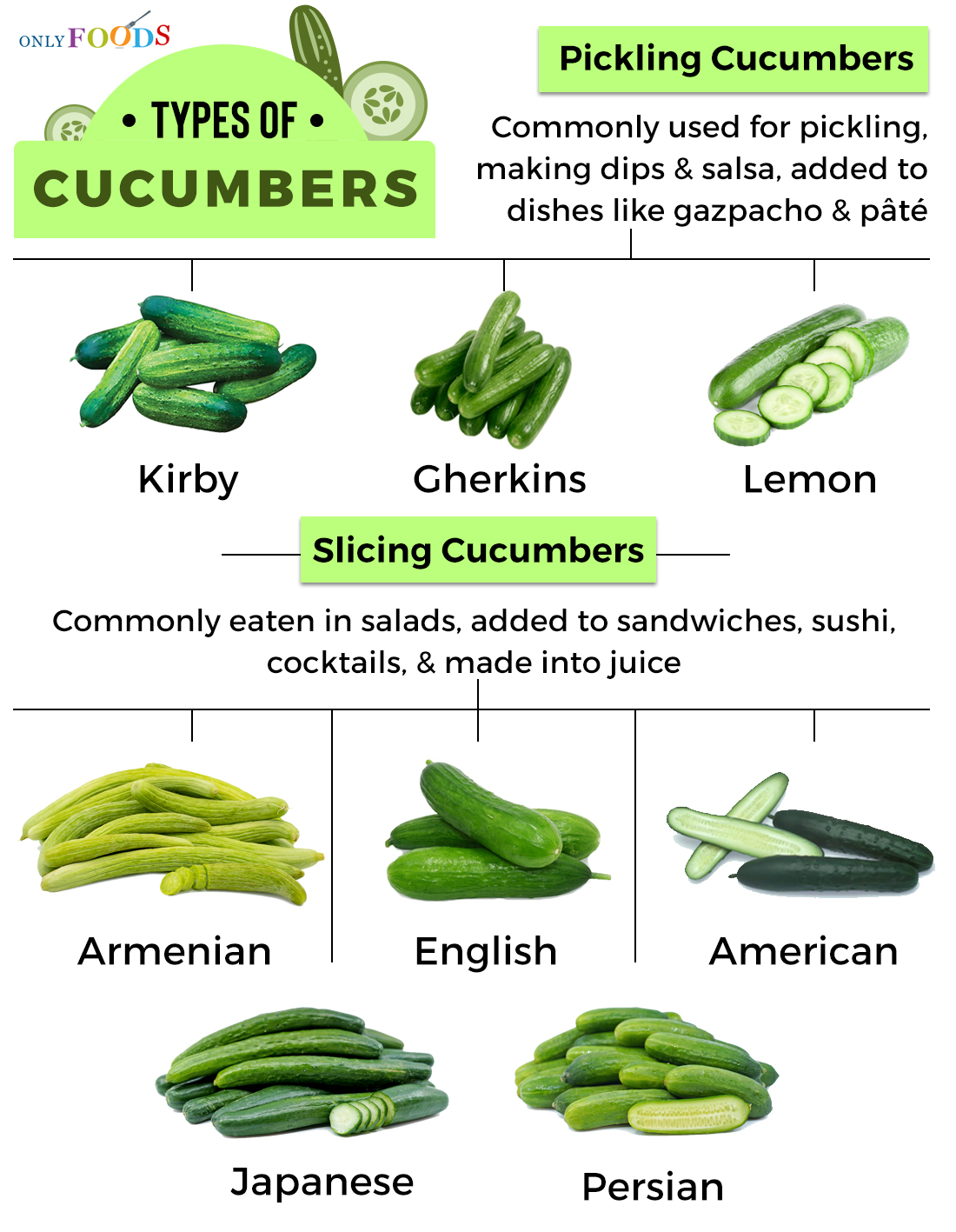
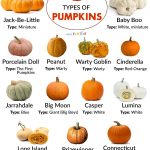
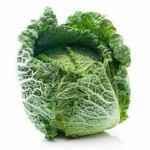
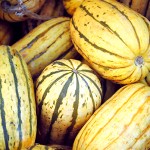
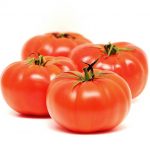
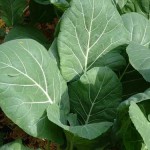

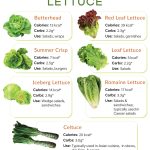

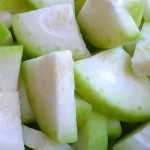


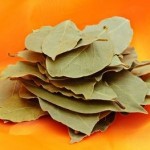

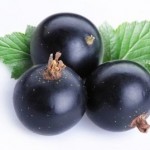

Leave a Reply